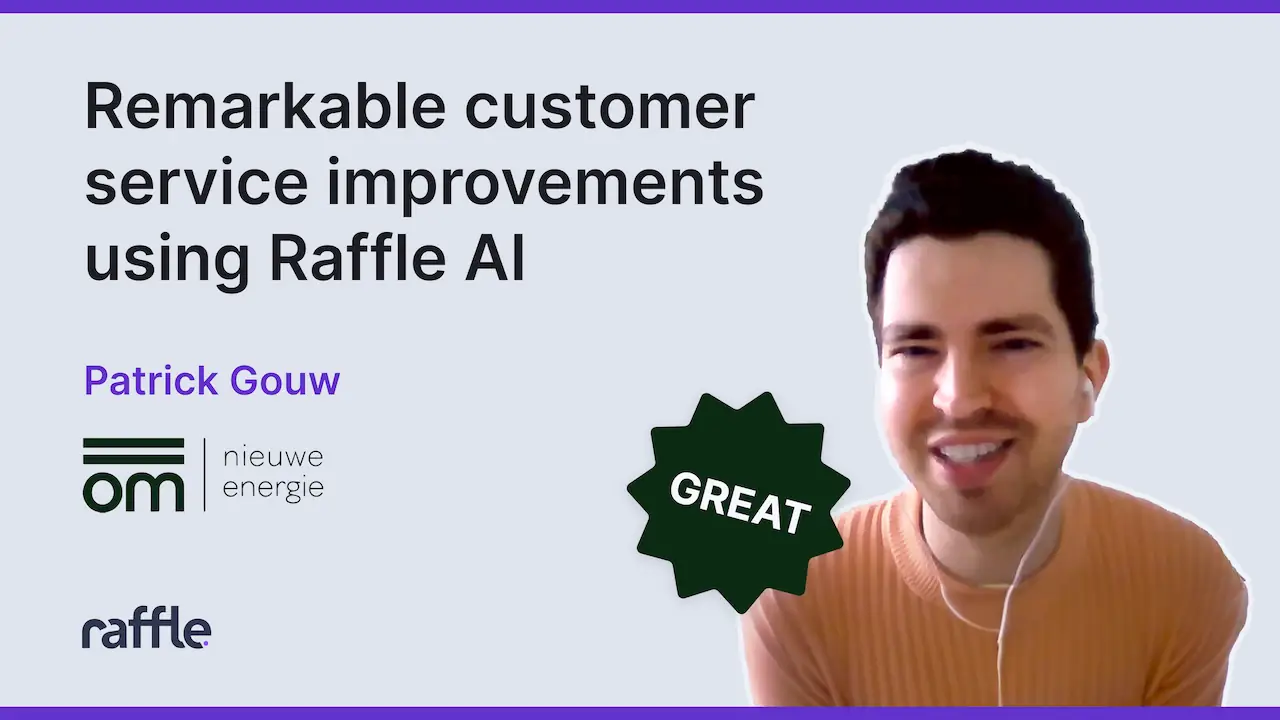Conference: Advances in Neural Information Processing Systems
We introduce the Kalman variation of the auto-encoder, a framework for unsupervised learning of sequential data that disentangles two latent representations: an object's representation, coming from a recognition model, and a latent state describing its dynamics.
As a result, the evolution of the world can be imagined and missing data imputed, both without the need to generate high dimensional frames at each time step. The model is trained end-to-end on videos of various simulated physical systems and outperforms competing methods in generative and missing data imputation tasks.
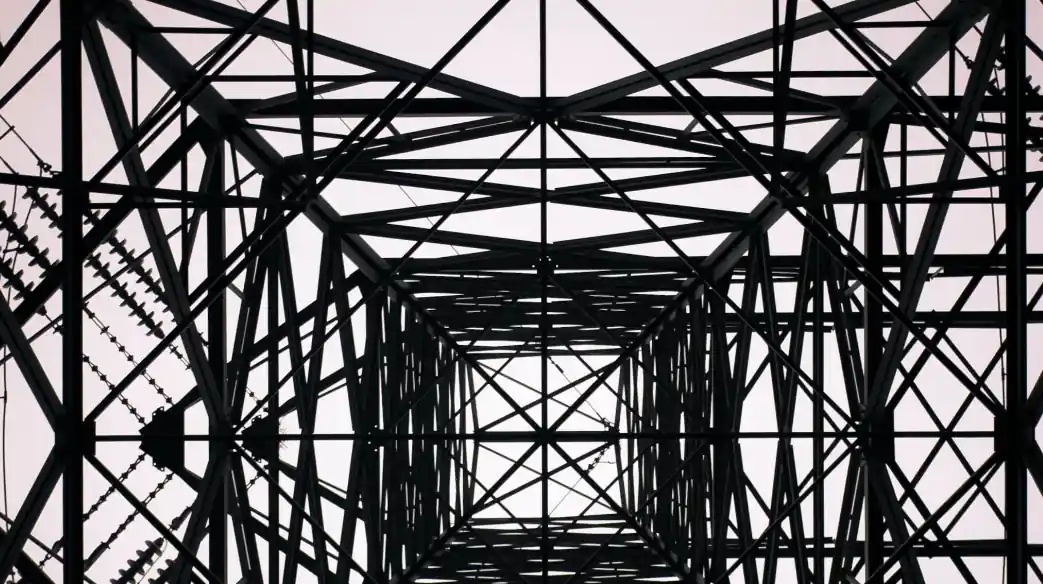


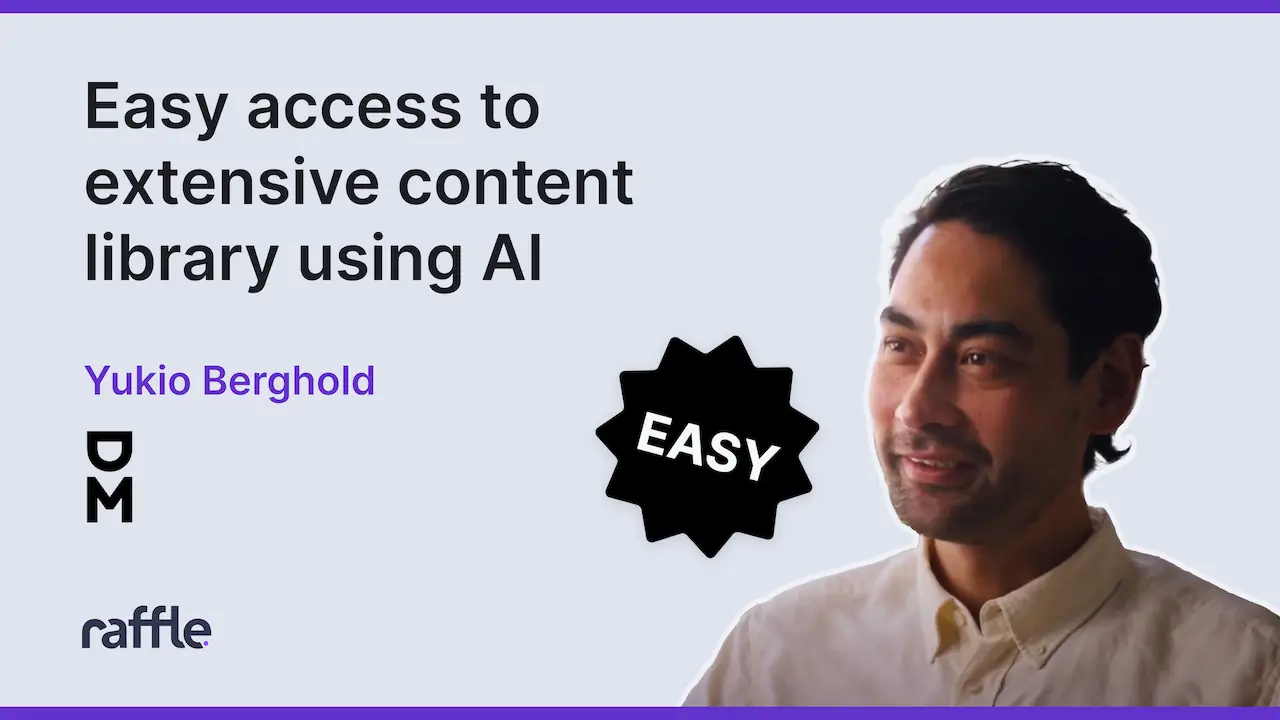

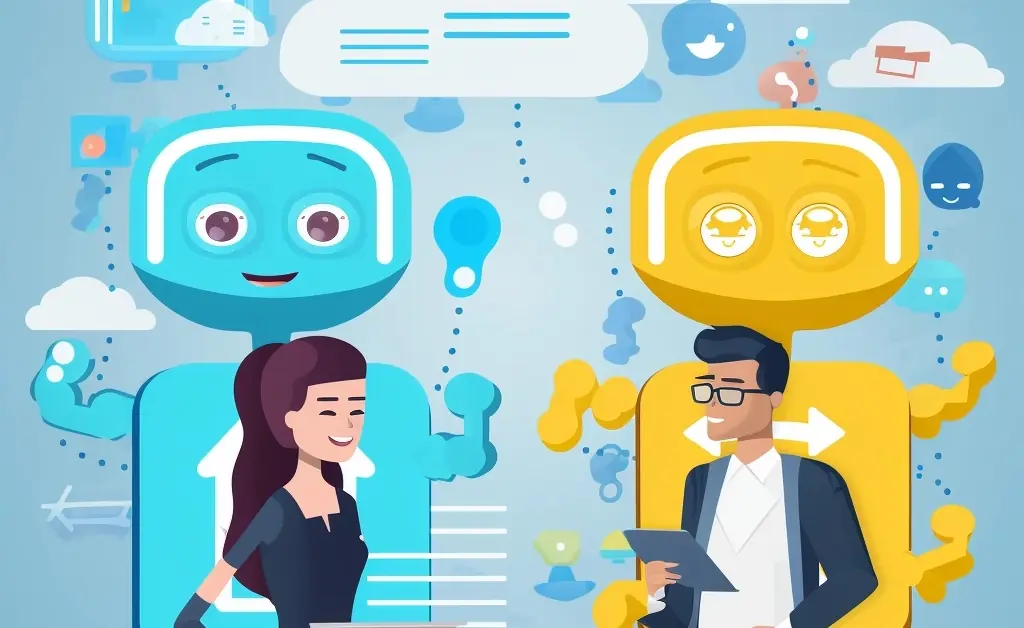


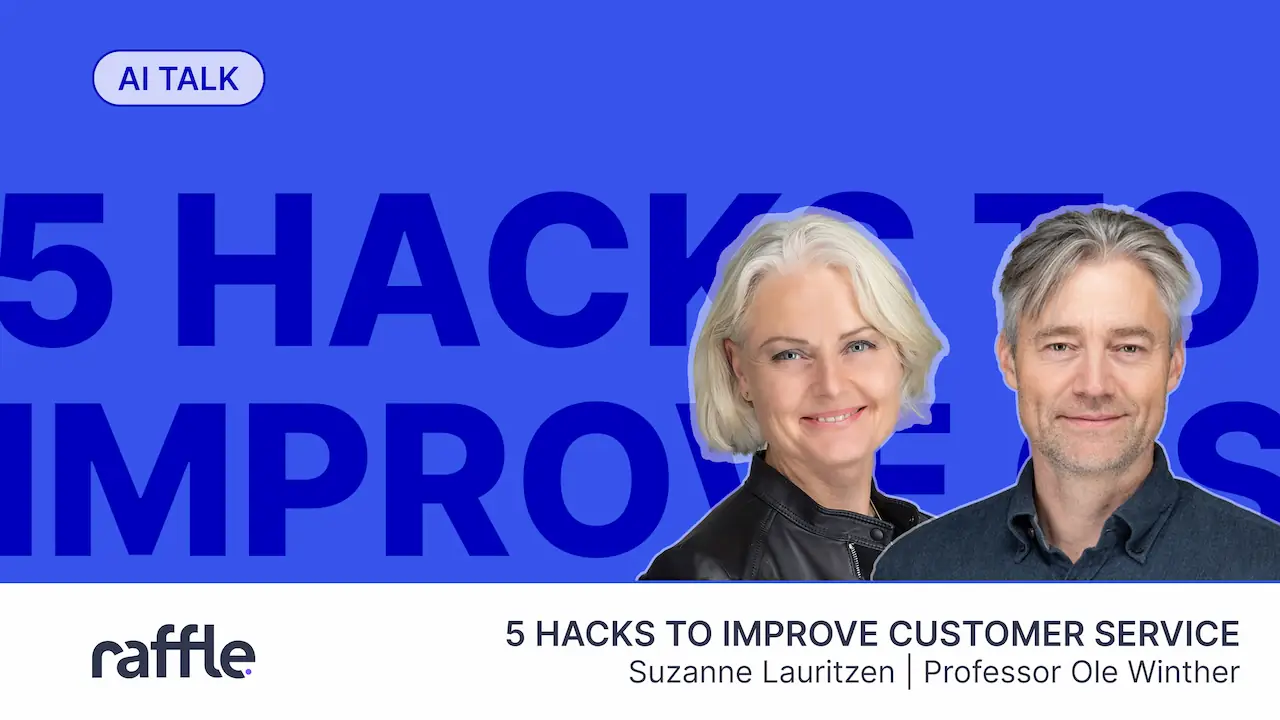


.jpg)
